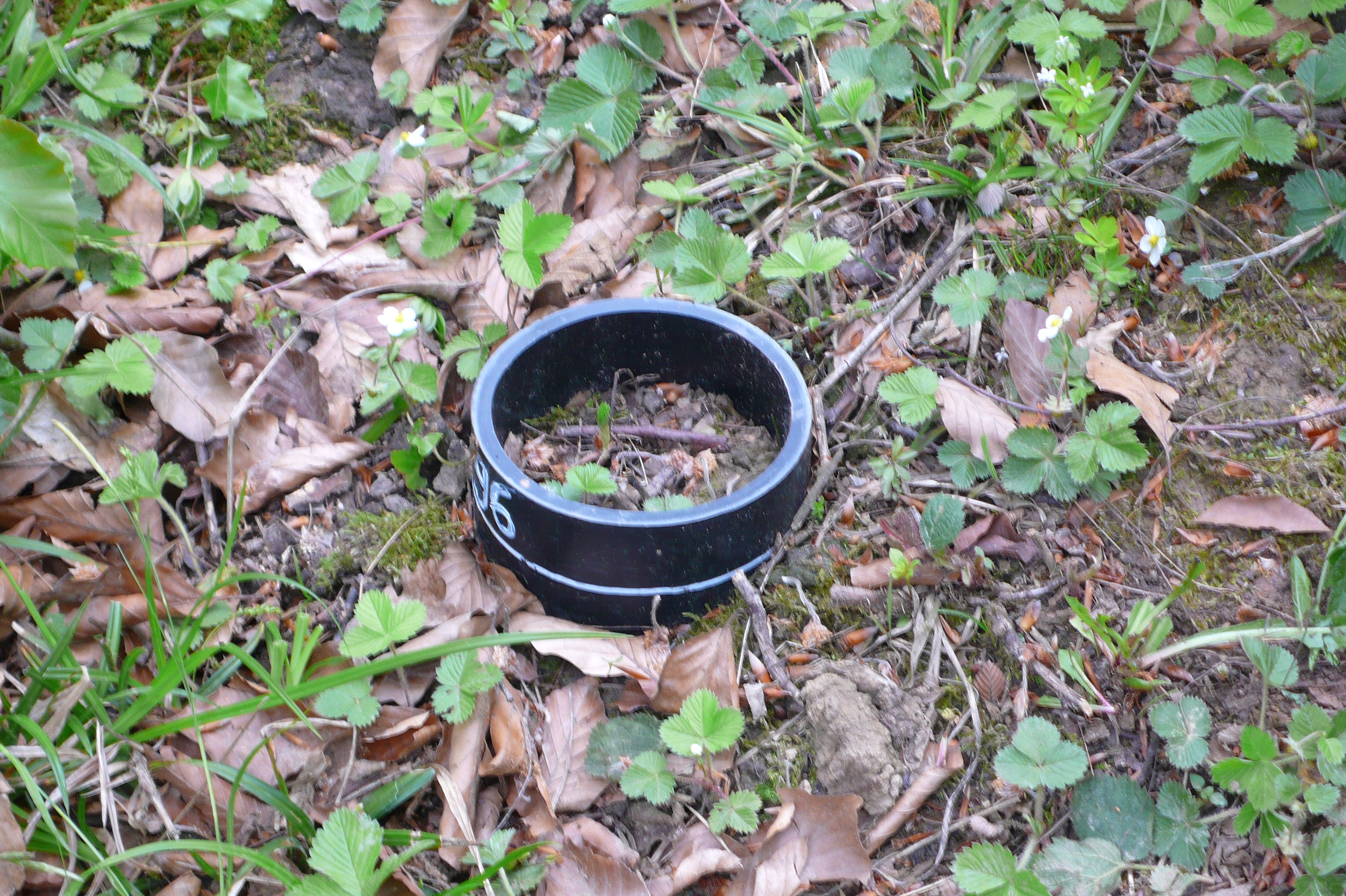Aging of fire-derived carbon in the terrestrial soil environment; a holistic view of source to sink transfer in two contrasting ecosystems
Fire-derived carbon or pyrogenic carbon (PyC) is one of the largest reservoirs of carbon on Earth, yet is one of the most poorly understood. It is formed by burning of biomass during fire, following which it enters the soil environment. From here, it is continually cycled to rivers and the oceans, either as a dissolved form or associated to mineral material, and is eventually buried in sediments, which form a long-term PyC storage pool. PyC is one of the longest-lived forms of organic carbon on Earth, and as such plays a major role in the global carbon cycle. However, there is a mismatch between the ages of this pyrogenic matter in soils versus that in the ‘end point’ of the cycle, i.e. sediments, where PyC exiting the terrestrial ecosystem is on average 4 times older than expected, meaning that “pre-ageing” processes are taking place at the landscape level.
Because of its long mean residence time in the environment (on the order of 1000 years), and the difficulty in isolating and chemically analysing it, little is known about pyrogenic carbon at the landscape level. The different processes increasing or decreasing its environmental persistence, such as stabilisation with minerals, recalcitrance or erosion, fragmentation, biotic / abiotic degradation or transport in the dissolved phase are still very poorly quantified and understood. The relative importance of these mechanisms over time and the ecosystem properties driving them are particularly important to know, if PyC is to be properly accounted for in global carbon cycle earth system models.
Here, we propose to measure the stock and age of pyrogenic carbon in the soils of two of the most contrasting environments on Earth, namely the MacKenzie and the Godavari watersheds, and investigate both the short-term and long-term processes explaining the persistence of pyrogenic carbon. In these two watersheds, we will select sites based on their ecosystem properties, i.e. combinations of high or low soil pH, steep or shallow slopes, and forest or grassland. The combination of these different ecosystem units will be used to disentangle the relative importance of soil properties, landforms and land use upon PyC dynamics. On these different sites, we will investigate short-term degradation mechanisms by measuring the recovery rate and the location in soil of 13C highly labelled material (grass/wood and pyrogenic carbon) one to two years after their addition to soil mecososms. To evaluate the same processes on the longer term, we will sample the top and deep soils on the same site and measure the pyrogenic carbon stocks and age, using 14C dating. In a last step, we will compare these pieces of information to a companion project, which is measuring the pyrogenic carbon stocks and age of the river sediments for the same two watersheds, and use these data to model the PyC source to sink at the interface between lands and oceans, using recently developed modules of land surface carbon and hydrology ORCHIDEE model.
